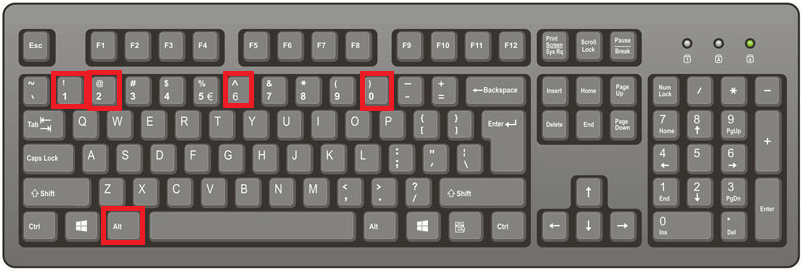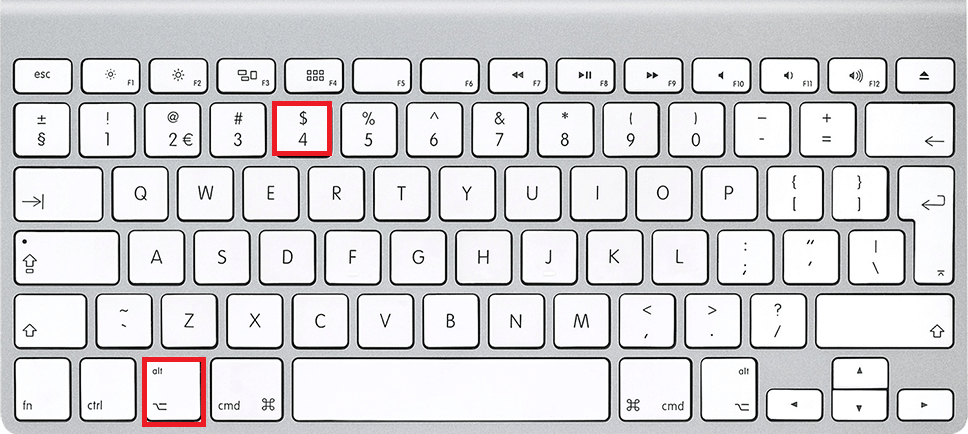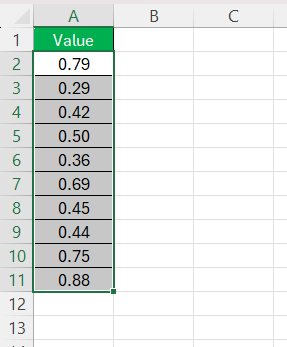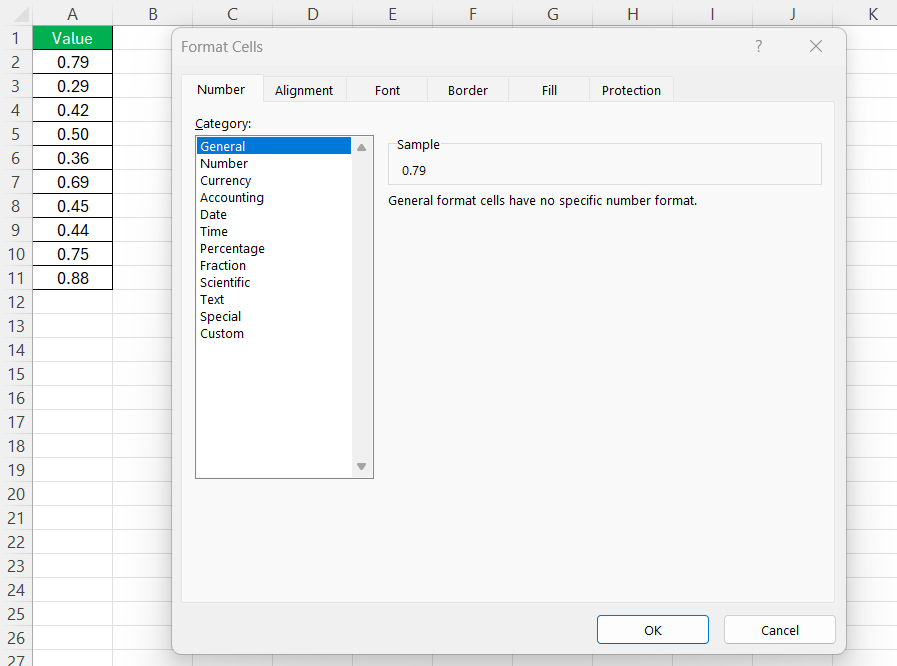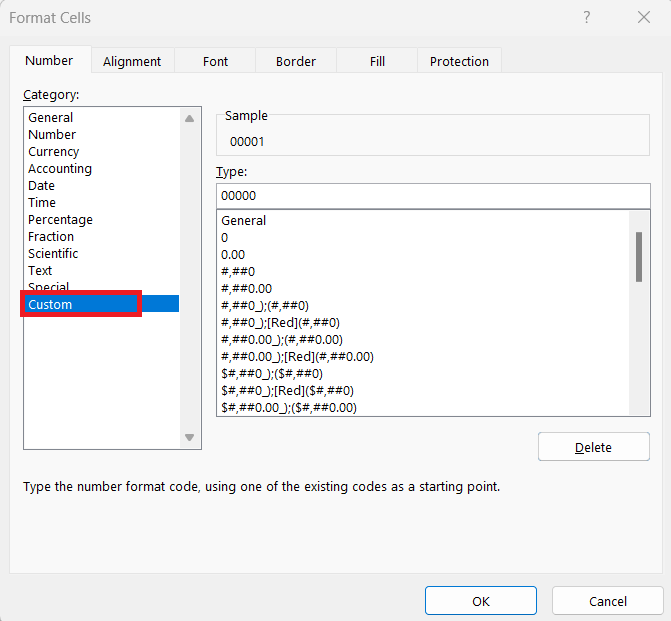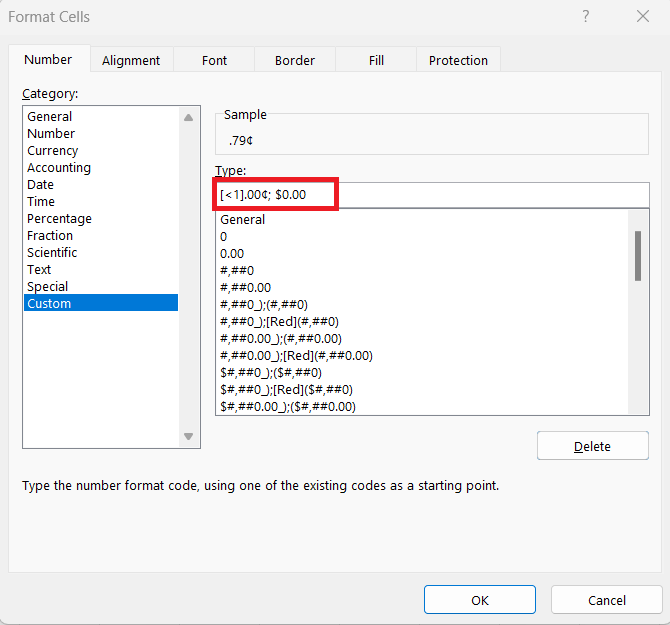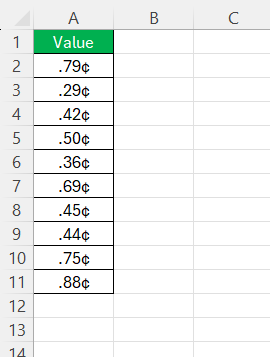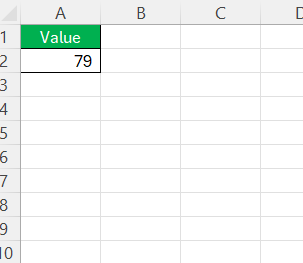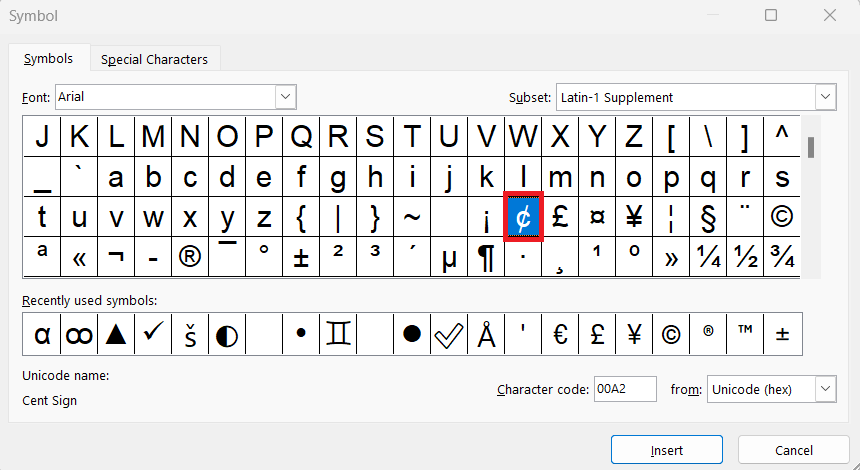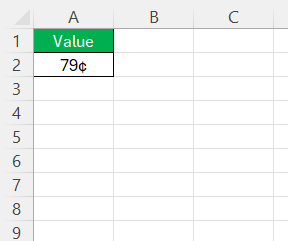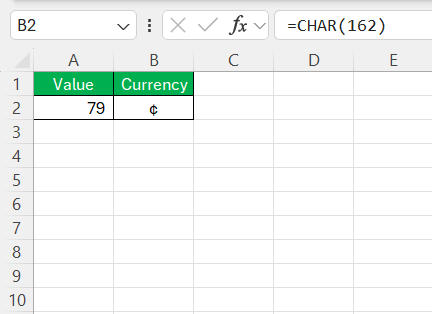When working with financial data in Excel, I often need to insert the cent symbol (¢) to accurately represent smaller currency values. In this guide, I’ll walk you through the simple steps to add this symbol to your Excel spreadsheets, whether you’re using a keyboard shortcut or accessing it through Excel’s Symbol menu.
Key Takeaways:
- Insert the cent symbol (¢) in Excel using keyboard shortcuts, specific to Windows and Mac.
- Create a custom number format in Excel to automatically display the cent symbol for values under one dollar.
- Use the Symbol dialog box in Excel for a visual method to insert the cent symbol if shortcuts aren’t preferable.
- The CHAR function in Excel can automate the insertion of the cent symbol within formulas.
- Consider adding the cent symbol to the Quick Access Toolbar or creating an AutoCorrect rule for frequent use.
Table of Contents
Introducing the Cent Symbol
The Importance of Accurate Financial Presentation
In the financial world, presentation is more than a nicety—it’s a necessity. When dealing with figures that reach down to the very last cent, precision matters for clear communication. It’s critical for readers, be they clients, management, or auditors, to understand exactly what the numbers represent, especially when precise values can influence financial decisions and outcomes.
Here, the cent symbol (¢) steps into the spotlight, serving not only as a marker of currency but also as a sign of meticulousness in financial documentation.
How to Insert Cent Symbol in Excel
Method 1 – Using Keyboard Shortcuts
I’ve discovered that one of the fastest ways to bring the cent symbol into your Excel sheet is through keyboard shortcuts—a true lifesaver for those who value efficiency. On Windows, you can quickly insert the cent symbol by enabling Num Lock, holding down the Alt key, and typing ‘0162’ on the numeric keypad. It’s crucial to use the numeric keypad and not the top-row numbers on your keyboard.
If you’re working on a laptop without a numeric keypad or using a keyboard that lacks one, there’s an alternative. First, enable Num Lock, and then press and hold the Fn key along with the Alt key, followed by ‘0162’. While this might seem a touch convoluted, once you get the hang of it, it’ll be second nature.
Mac users, fear not! You have a shortcut that’s simpler. Press Option and 4, and voila, the ¢ appears. You’ll soon be typing cents with as much ease as dollars, ensuring your financial presentations are detailed and complete with the appropriate currency denotations.
Method 2 – Crafting a Custom Number Format for Cents
Crafting a custom number format in Excel for displaying cents is akin to tailoring a bespoke suit—it involves a bit of precision and attention to detail. When you want to create this conditional number format, here’s what to do:
STEP 1: First, highlight the range of cells where this magical transformation is needed.
STEP 2: Press Ctrl + 1 to unveil the world of formatting options.
STEP 3: Within the Category list, you’ll need to select Custom. This is where the wizardry happens.
STEP 4: In the Type field, the spell to cast is entering [<1].00¢; $0.00. This formula is the secret sauce, telling Excel to dress any value below one dollar in the cent symbol attire, while any knight in shining armor valiantly worth a dollar or more is crowned with a dollar sign.
Do note the caveat: when applying the cent symbol in this manner, Excel reads ‘.79¢’ as 79 hundredths of a cent, rather than the intended 79 cents. Keep a vigilant eye on this detail to avoid a pennies-on-the-dollar mistake.
Once you’ve applied this custom number format, your sheet will start distinguishing between cents and dollars in a gallant display of numerical style.
Method 3 – Using the Symbol Dialog Box
If you prefer not to use keyboard shortcuts or if they don’t work for you, the Symbol dialog box is another straightforward way to insert the cent symbol.
STEP 1: Click on the cell where you want to insert the cent symbol.
STEP 2: Go to the Insert tab in the Ribbon. Click on Symbol in the Symbols group.
STEP 3: In the Symbol dialog box, scroll through the available symbols until you find the cent symbol (¢). Click Insert, and then Close.
A Cent Symbol will be inserted.
This method is particularly useful if you need to insert the symbol multiple times and prefer a visual method over memorizing shortcuts.
Method 4 – Using Excel’s CHAR Function
Excel’s CHAR function can also be used to insert the cent symbol, especially if you want to automate the process or include it as part of a formula.
- For Windows: The cent symbol corresponds to character code 162.
- For Mac: The character code might vary slightly, but you can usually use the same number.
Here’s how you can use the CHAR function to insert the cent symbol:
=CHAR(162)
FAQs
How to Quickly Access the Cent Symbol in Excel?
To quickly access the cent symbol in Excel, press ‘Alt’ + ‘0162’ on your keyboard, ensuring Num Lock is turned on. This inserts the cent symbol directly into your selected cell. For repetitive tasks, consider using Excel’s Symbol dialog box to insert and then copy-paste the symbol or utilize the custom number format with the cent symbol for ranges of cells.
Can You Create a Shortcut for Inserting the Cent Symbol?
Yes, you can create a shortcut for inserting the cent symbol. In Excel, you may do this by adding the symbol to the Quick Access Toolbar or by setting up an AutoCorrect rule that replaces a specific text string with the cent symbol automatically when typed.
What Are Some Other Useful Symbols for Financial Spreadsheets?
For financial spreadsheets, some useful symbols include the dollar sign ($), euro (€), pound (£), yen (¥), and the percentage (%) sign. Additionally, the arrow symbols for indicating increases or decreases and the sigma (Σ) for summations are also frequently used in financial analysis.
How do I type a cent symbol?
To type a cent symbol, on a PC with a numeric keypad, press ‘Alt’ and type 0162. On a laptop without a numeric keypad, activate Num Lock and press ‘Fn’ + ‘Alt’ + ‘0162’. On a Mac, press ‘Option’ + ‘4’. On mobile, locate it in the symbols or emoji keyboard.
How do I insert special symbols in Excel?
In Excel, to insert special symbols, click the ‘Insert’ tab, then click ‘Symbol’. Choose the font and subset (if needed), select your desired symbol, and click ‘Insert’. For repeated use, consider copying and pasting the symbol or setting up an AutoCorrect rule.
John Michaloudis is a former accountant and finance analyst at General Electric, a Microsoft MVP since 2020, an Amazon #1 bestselling author of 4 Microsoft Excel books and teacher of Microsoft Excel & Office over at his flagship MyExcelOnline Academy Online Course.

